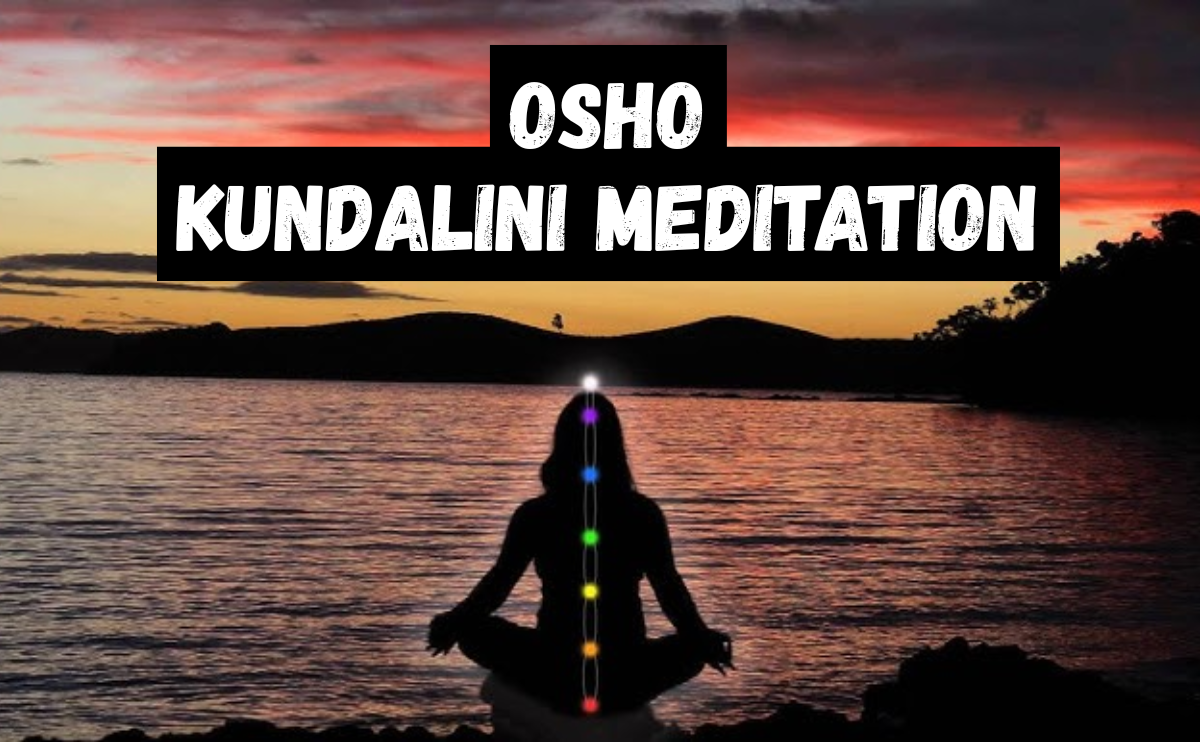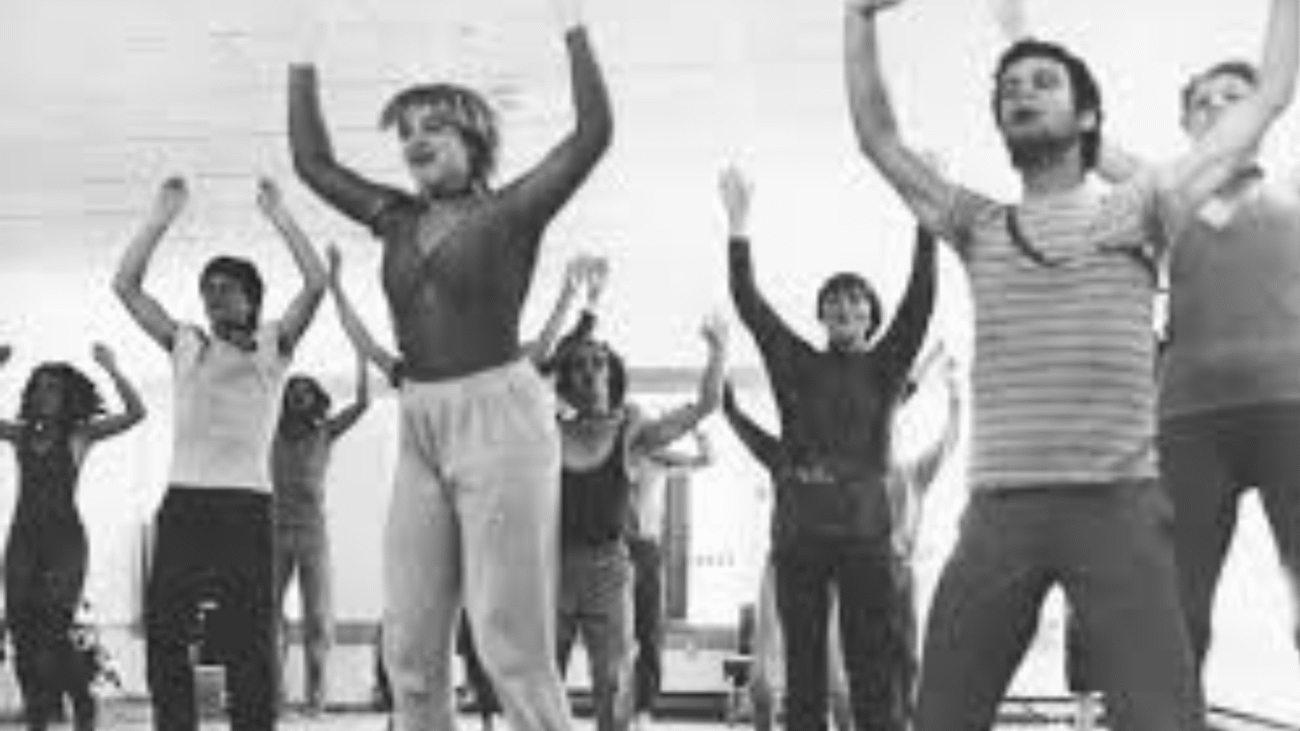Blog
The Yoga Effect: Rewire Your Mind, Rebuild Your Body

In today’s information-overloaded world, many of us are constantly searching for interesting articles to read that go beyond surface-level advice and instead offer something deeply transformative. Among the timeless practices that stand the test of modern challenges, yoga remains one of the most effective tools for rewiring the mind and rebuilding the body. It’s more than physical exercise — it’s a living philosophy, a practical science of mind-body healing that cultivates clarity, strength, and peace.
Yoga: A Union Beyond the Physical
Yoga, in its essence, means “union.” It’s a union of the body, breath, and consciousness a seamless connection that allows us to come home to ourselves. Unlike quick fixes that only target symptoms, yoga addresses the root of imbalances. Whether you’re facing anxiety, fatigue, physical stiffness, or emotional overload, yoga offers an accessible, non-invasive path toward restoration and inner growth.
Through mindful movement (asana), breath control (pranayama), and mental focus (meditation), yoga teaches us to engage with our whole being. What begins on the mat gradually seeps into our lives improving the way we handle stress, process emotions, and respond to challenges.
Understanding Asanas: More Than Just Poses
Asanas, or physical postures, form the most visible part of yoga. But they are far more than body movements; they are containers of consciousness. Each asana has a specific energetic imprint, influencing the body’s systems and the mind’s state.
Let’s break down the deeper impact of asanas on mental and physical health:
- Mental Balance: Certain poses stimulate the parasympathetic nervous system the body’s rest-and-digest mode promoting a sense of calm. Forward bends, like Paschimottanasana (Seated Forward Fold), ease anxiety and slow the heartbeat.
- Physical Strength and Flexibility: Poses such as Virabhadrasana (Warrior Pose) build lower body strength and core stability, improving posture and resilience.
- Nervous System Regulation: Twists and backbends stimulate the spine and nerves, helping regulate energy flow and hormone balance.
- Detoxification: Dynamic movements in sun salutations promote circulation and stimulate lymphatic drainage, aiding the body’s natural detox process.
- Mental Clarity: Inversions like Sarvangasana (Shoulder Stand) enhance blood flow to the brain, sharpening focus and boosting mood.
By practicing asanas consistently, we not only sculpt the body but also create space in the mind. The physical release of tension mirrors an emotional unburdening, allowing suppressed stress to dissolve through breath and movement.
5 Powerful Asanas for Mind-Body Healing
Here are five deeply effective yoga postures that support both emotional well-being and physical strength:
- Balasana (Child’s Pose) – A grounding pose that calms the nervous system and relieves fatigue. Ideal for moments of overwhelm.

- Adho Mukha Svanasana (Downward Dog) – Energizes the body, improves circulation, and gently stretches the spine and legs.

- Bhujangasana (Cobra Pose) – Opens the heart and strengthens the spine, offering relief from postural stress and emotional tightness.

- Setu Bandhasana (Bridge Pose) – Strengthens the lower back while gently stimulating thyroid function and reducing anxiety.

- Savasana (Corpse Pose) – Though seemingly passive, this final relaxation pose integrates the benefits of your practice and resets the mind.

Practicing these asanas with awareness focusing on the breath and bodily sensations initiates a healing dialogue between your mind and body. That’s where transformation truly begins.
Yoga as a Modern Stressbuster
Our modern lifestyles rarely allow the nervous system to rest. Emails, deadlines, social media, and traffic jams — the stress never seems to stop. Over time, this leads to chronic inflammation, anxiety disorders, burnout, and even physical illness.
Yoga offers a structured and scientifically supported way to counteract stress. Through slow, deliberate movement and deep breathing, yoga helps lower cortisol levels (the body’s main stress hormone), reduce blood pressure, and calm an overactive mind.
Here’s why yoga works so well for stress relief:
- Focus on Breath: Deep, diaphragmatic breathing used in yoga slows down the mind, engaging the body’s relaxation response.
- Present-Moment Awareness: By staying connected to sensations in the body, you reduce mental chatter and cultivate mindfulness.
- Release of Physical Tension: Asanas help release muscular knots and tightness, especially in the hips, shoulders, and lower back — areas where emotional stress is often stored.
- Safe Emotional Processing: The quiet space yoga provides can allow suppressed emotions to arise and be acknowledged safely, supporting emotional detox.
In this way, yoga becomes a daily ritual that clears mental fog, restores energy, and improves your emotional resilience.
The Long-Term Impact: From Reaction to Reflection
The more consistently you practice yoga, the more you begin to notice subtle changes not just in how your body feels, but in how you think, relate, and live. You respond to life more calmly. You breathe through frustration. You pause before reacting. You listen more deeply to others and yourself.
Yoga nurtures inner growth by making you more conscious of your inner world. You begin to observe your thoughts, habits, and triggers without judgment. That observation alone creates space for transformation.
Where once you may have reached for distractions to cope with discomfort, now you find strength in stillness. You don’t run from tension; you meet it with presence. This is the essence of mind-body healing.
Conclusion: A Path to Wholeness
In an age where mental exhaustion and physical strain are all too common, yoga offers a path back to wholeness. It asks nothing more of you than your honest attention and consistent effort. You don’t need to be flexible. You don’t need to be spiritual. You just need to show up as you are.
By integrating yoga into your routine, even for just 20 minutes a day, you’ll begin to notice a shift. It won’t be loud or dramatic, but it will be real in how you breathe, how you walk, and how you carry yourself through life.
So if you’re looking for interesting articles to read that inspire real change, consider yoga not just as a topic, but as a practice. One that rewires your mind, rebuilds your body, and gently restores your spirit one breath at a time.
Related Posts
Letting Go with Osho: The Evening Meditation Flow
-
Posted by
 The Power Withinn
The Power Withinn
- 0 comments
Osho Kundalini Meditation: The Subtle Art of Shaking Into Stillness
-
Posted by
 The Power Withinn
The Power Withinn
- 0 comments
Osho’s Dynamic Meditation: A Storm Toward Silence
-
Posted by
 The Power Withinn
The Power Withinn
- 0 comments
Your Hidden Self Is Trying to Help You Heal
-
Posted by
 The Power Withinn
The Power Withinn
- 0 comments
Inner Strength Starts with Emotional Intelligence Skills
-
Posted by
 The Power Withinn
The Power Withinn
- 0 comments
Build Inner Strength with Mindfulness Practices
-
Posted by
 The Power Withinn
The Power Withinn
- 0 comments
Your Brand, Your Power: Present the Best Version of You
-
Posted by
 The Power Withinn
The Power Withinn
- 0 comments
Shape a Bold Personality Through Problem-Solving Skills
-
Posted by
 The Power Withinn
The Power Withinn
- 0 comments
Unlocking Growth Through Body Language Mastery
-
Posted by
 The Power Withinn
The Power Withinn
- 0 comments
The Discipline Behind Digital Success
-
Posted by
 The Power Withinn
The Power Withinn
- 0 comments
How Marketing Skills Can Boost Your Self-Confidence
-
Posted by
 The Power Withinn
The Power Withinn
- 0 comments
Marketing Yourself: Today’s Most Underrated Skill
-
Posted by
 The Power Withinn
The Power Withinn
- 0 comments











